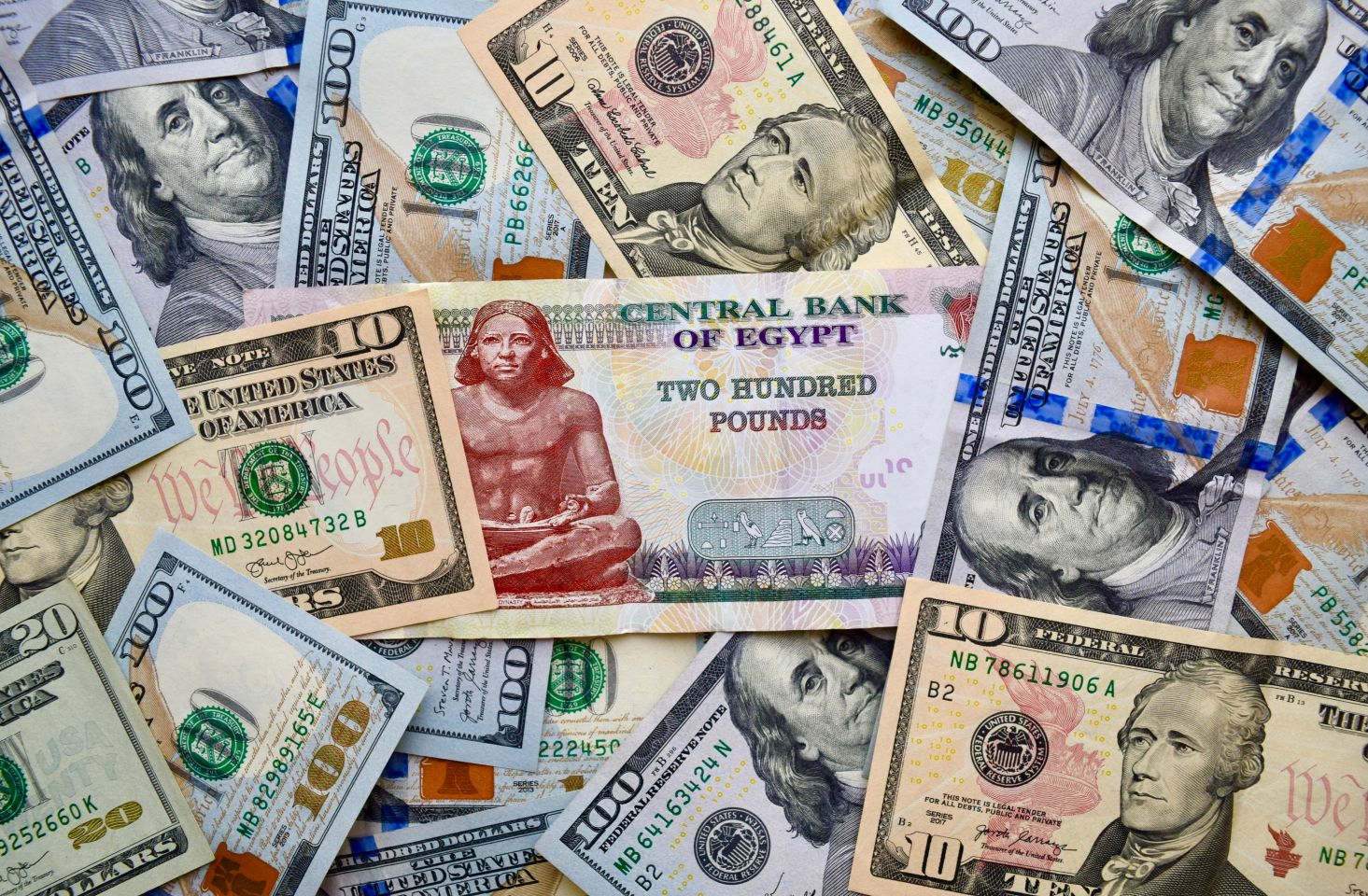USD EGP forecast: Third-party predictions
USD EGP Forecast | Egyptian Pound Outlook for 2025–2030
USD/EGP is trading at 48.08 as of 15:27 UTC, near the session low of 48.0800 and below the intraday high of 48.20 (TradingView, 15 September 2025).
The pair is moving in the wake of the Central Bank of Egypt’s decision to cut key interest rates by 200bps at the end of August under its IMF-backed reform programme (Reuters, 29 August 2025).
USD/EGP forecast for 2025-2030
Trading Economics (global macro models)
Trading Economics projects USD/EGP at 48.21 by Q3 2025-end and 48.35 in one year, reflecting macroeconomic trends and analyst expectations (Trading Economics, 16 September 2025).
CoinCodex (annualised range outlook)
CoinCodex expects the exchange rate to average 47.34 in 2025 within a 45.82-48.28 range, easing to an average of 44.00 in 2026 with a 42.34-46.62 range. Projections through 2030 show gradual long-term depreciation with wider fluctuations later in the decade (CoinCodex, 16 September 2025).
Wallet Investor (algorithmic forecast)
Wallet Investor’s monthly projections start at around 48.7 in October 2025, rising steadily to about 51.9 by December 2025. Their outlook extends into 2026, with USD/EGP climbing above 63 by early 2027, according to model-based analysis (Wallet Investor, 16 September 2025).
Standard Chartered (analyst outlook)
Standard Chartered’s Carla Slim expects USD/EGP to approach 52 in 2025 and 54 in 2026, reflecting Egypt’s financing needs, gradual reforms, and anticipated portfolio inflows amid moderating inflation (AHAM, 14 April 2025).
Past performance or forecasts are not reliable indicators of future results. Analyst price targets are based on assumptions that may not materialise, and actual outcomes could differ significantly.
USD/EGP: Technical overview
USD/EGP trades at 48.08 as of 15:27 UTC on 15 September 2025, sitting below its 20/50/100/200-DMAs at ~48.4 / 48.7 / 49.3 / 50.0. Momentum remains muted, with the 14-day RSI at 35.6, a neutral reading.
The first resistance area is the 48.80 pivot, where a daily close above would bring 49.09 into view. On the downside, initial support is at 48.53; a break lower would open the way to the 48.24 area (TradingView, 15 September 2025).
This technical overview is provided for informational purposes only. It does not constitute financial advice or a recommendation to buy or sell any instrument.
Why has USD/EGP been rising or falling?
USD/EGP reacts mainly to the Central Bank of Egypt’s policy decisions, such as recent rate cuts, and reforms under the IMF programme. External influences include US dollar strength, interest rates, and foreign investment flows. Inflation expectations and geopolitical developments also affect movements.
Could USD/EGP go up or down?
Forecasts suggest potential moderate depreciation in the medium term, linked to easing inflation and reform progress. However, external conditions, including global market volatility and geopolitical risks, may add uncertainty. Price direction remains dependent on evolving fundamentals and investor sentiment. Outcomes are not guaranteed.
When is the best time to trade USD/EGP?
USD/EGP is most active during overlapping market hours when liquidity is higher – typically during the London and New York sessions, aligning with late morning to evening in Egypt (EET). Traders also monitor economic releases from Egypt and the US, which can drive volatility. Trading strategies may need adjusting around these periods for effective execution and risk management. You can trade forex CFDs with Capital.com to speculate on USD/EGP movements without owning the underlying currencies. However, CFDs are traded on margin, and leverage magnifies both your gains and your losses.